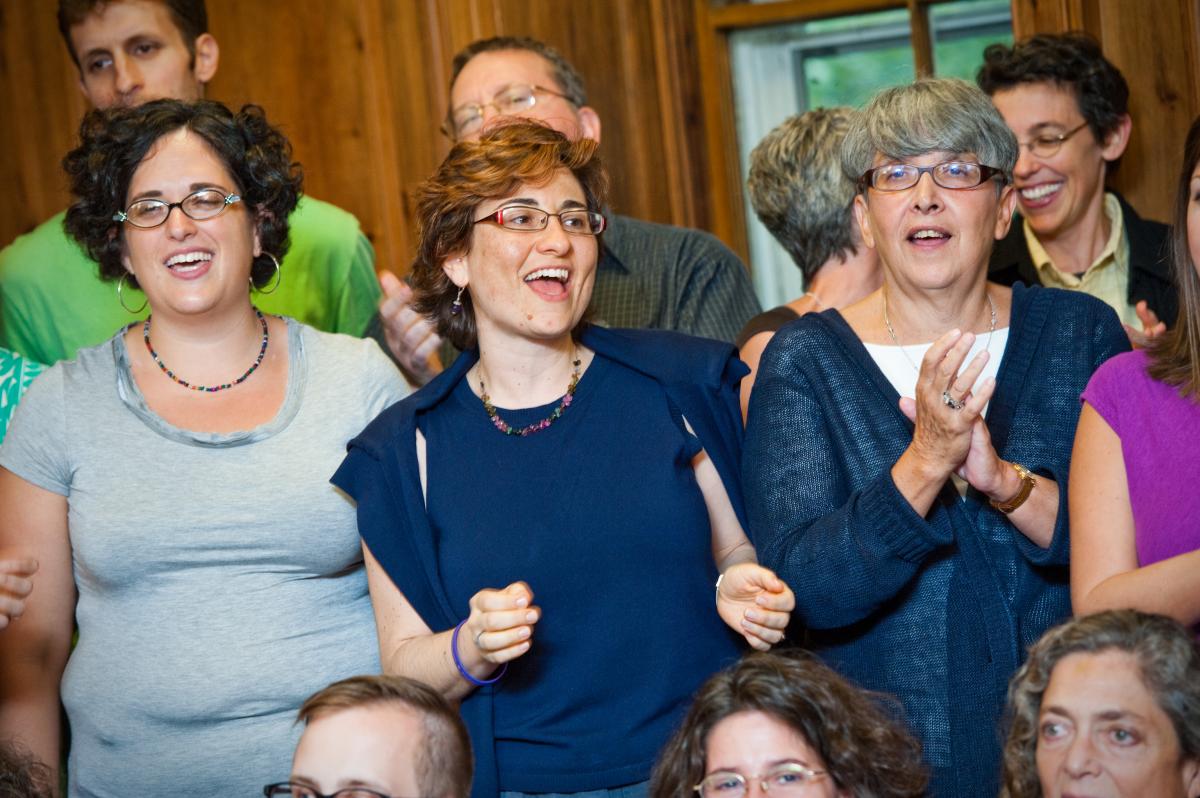On May 4, 2017, the last in a series of six sessions of the Reconstructionist Learning Networks Innovators Incubator took place. In this session, guest facilitator Toby Rubin, founder of UpStart, guided a discussion on “Getting What You Need from Boards & Governance.” Below are highlights from the session, with links to resources discussed.
Attitude toward boards
Our attitudes to boards and governance are essential. If you don’t have a positive attitude toward boards, you won’t get what you need from them.
What would be possible if we viewed boards as a blessing? Where would that take you?
“There is no such thing as the right board member… you need the board for your organization to move forward toward its mission and vision.”

Organizational lifecycle
Where is your organization in its lifecycle? Boards function differently at different stages of the organization.
- Idea
- Start Up
- Growth
- Mature
- Decline
- Turnaround

Recommended reading: Nonprofit Lifecycles, by Susan Kenny Stevens
Performance Imperatives
Pillar 1: Courageous, adaptive executive and board leadership (the preeminent pillar)
Pillar 2: Disciplined, people-focused management
Pillar 3: Well-designed and well-implemented programs and strategies
Pillar 4: Financial health and sustainability
Pillar 5: A culture that values learning
Pillar 6: Internal monitoring for continuous improvement
Pillar 7: External evaluation for mission effectiveness
From: http://leapambassadors.org/products/performance-imperative/
Courageous, adaptive executive and board leadership
- Important to clarify each person’s role and document it
- It is the board’s responsibility to create this document that defines their roles
Your board should be your best asset
Tips on Board Leadership
1. Use 3 year organizational goals as basis for Board’s development of its annual goals and execution plan
2. Use board goals (and the Performance Imperatives!) to determine needed characteristics of your total board profile, then map current board against needs to identify gaps
3. Board member identification/development of member “pipeline” is a year round activity
4. View Board as a “program” of the organization with Board Chair as the Program Director.
In the following audio clip, Toby emphasizes why being a board chair is like being a program director, and why relationships are the most important aspect of a board.
5. Conduct board self-assessments at least every two years
6. Keep up on the local Jewish scene’s “movers and shakers”
Bright Spot: Elliot and B’nei Keshet
When someone joins the board, always ask: Why did you say yes?

Blueavocado.org: practical board resource
Innovation Torah
From Sigal

On the theme of tefillat haderekh, the travelers’ prayer. We are in the week of Netzach in the Omer: the idea of taking a step forward. Stepping from the unknown to the unknown to the unknown at every moment. The term mechoz haftzeinu means our desired destination, but what about thinking about makom haftzeinu: everywhere we are is where the desire is. Stay in the present moment, what we need now. We are already in our desired place.
Cyd adds: Tefillat haderekh is phrased in the “we,” in the plural. We go forward together.








